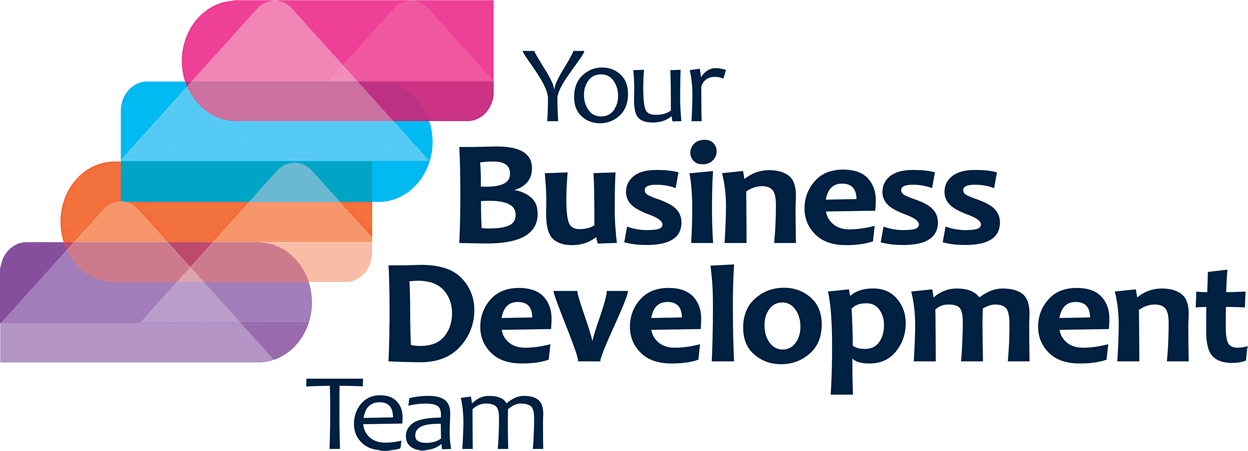This time of year, the whole world and his wife are talking about future trends so I thought I should jump on the bandwagon too. I have spent a few hours wading through tons of articles and have created a list of my favourite trends from top influencers. To make sure it is useful, I have added a little translation relating the trend to small businesses. I hope you find it useful
Forbes: Place your brand purpose at the heart of your business strategy. Every brand makes a promise. But in a marketplace in which consumer confidence is low and budgetary vigilance is high, it’s not just making a promise that separates one brand from another, but having a defined purpose. This is where an organization identifies an aspirational mission and ties it to its day to day offerings. This unifying theme creates experiences which are centred around making tomorrow better than today. Successful marketers in the year ahead will place brand purpose at the core of business and brand strategy and use it as a lever of growth with internal and external audiences.
What does this mean to small business: The idea of appearing helpful to clients and prospects will continue to be important to your marketing strategy. Brand purpose takes it a bit further and suggests that you relate your communications to your core business values. In other words, don’t just come up with a load of vague useful guides but make sure it is all connected to an overall theme related to how you specifically solve problems in your market place.
Marketing week: With GDPR coming into effect next May, marketers must get to grips with their data to ensure they are fully compliant. Marketers will need to take a direct interest in the makeup of their databases and what GDPR allows to be done with them, and then train their teams. This should hopefully be aided by clearer guidance from the ICO in the coming months, though that has been promised throughout 2017 and so far, little has materialised.
What does this mean to small business: Whilst we are awaiting some firmer guidelines from the ICO, make sure that you review your data and data policy, to ensure that you comply with basic requirements. As many SME’s don’t have the knowledge or resources themselves, don’t hide behind it, get some help.
Neil Patel: Changing formats mean content roles are shifting: In recent years, there’s been a consistent shift away from content churning. The brands experiencing the most success with content marketing aren’t just flooding their audience with content, they’re taking a media publishing approach. Blogging by itself doesn’t tie into all the pertinent marketing strategies of growing companies, and it doesn’t address the issue of new formats for consumption. The content team will need to grow and adapt for the next year and should include people who have a variety of talents including video production, audio editing as well as content optimisation and analytics.
What does it mean to small businesses: I am afraid it means that creating content is going to become more complicated and cost more money. The problem is that even in a B2B environment content has become very important and you need to work at it. In my opinion, you don’t have to go the full hog as before; content needs to be a part of your strategy ensuring it’s considered and budgeted for.
Circle C Studio: `Account-based marketing and sales strategies: This is a strategic approach to business marketing based on account awareness in which an organization considers and communicates with individual prospect or customer accounts as markets of one. ABM has been a hot topic in B2B marketing for the past few years and it picked up a lot of steam in 2017. For B2B firms with long, complex sales cycles that often involve many stakeholders and transactions that are typically high-value in nature, ABM represents a more effective way to generate new business than solely relying on “inbound” approaches to lead generation.
What does it mean to small businesses: This one is music to my ears and something that we have been working on a lot in 2017. Many small businesses seem to approach small and big companies in a similar manner. This often means that when approaching a larger business, they tend to stop at one senior contact rather than researching and finding multiple decision makers. You can also see this as confirmation that you need to deploy a number of tactics to make a campaign strategy work.
HuffPost: Growth Hacking: Also known as growth driven tactics, these are marketing processes specifically targeted for increasing growth in revenue. SEO is the still one of the best growth hacking strategies simply because you are getting more traction from people who are already inquiring about your product or service. As technology evolves to allow additional search options, you have to adjust your strategy to meet your audience where they are looking for you.
What does this mean to small business: In 2018 the need for outbound marketing will continue to grow. With customers everywhere having less money to spend, the race to their wallet will require you to come out of your comfort zone and go after your target markets. HuffPost mention SEO but of course there are many other tactics you can use for Growth Hacking including e-mail marketing, direct mail, LinkedIn and telemarketing.
Some interesting ideas there I am sure you agree. Not very much of the thinking is new but I think that it supports the notion that difficult market conditions require a tighter strategy. Here is how we can help in case you were wondering.
Have a great Christmas and a successful 2018!


